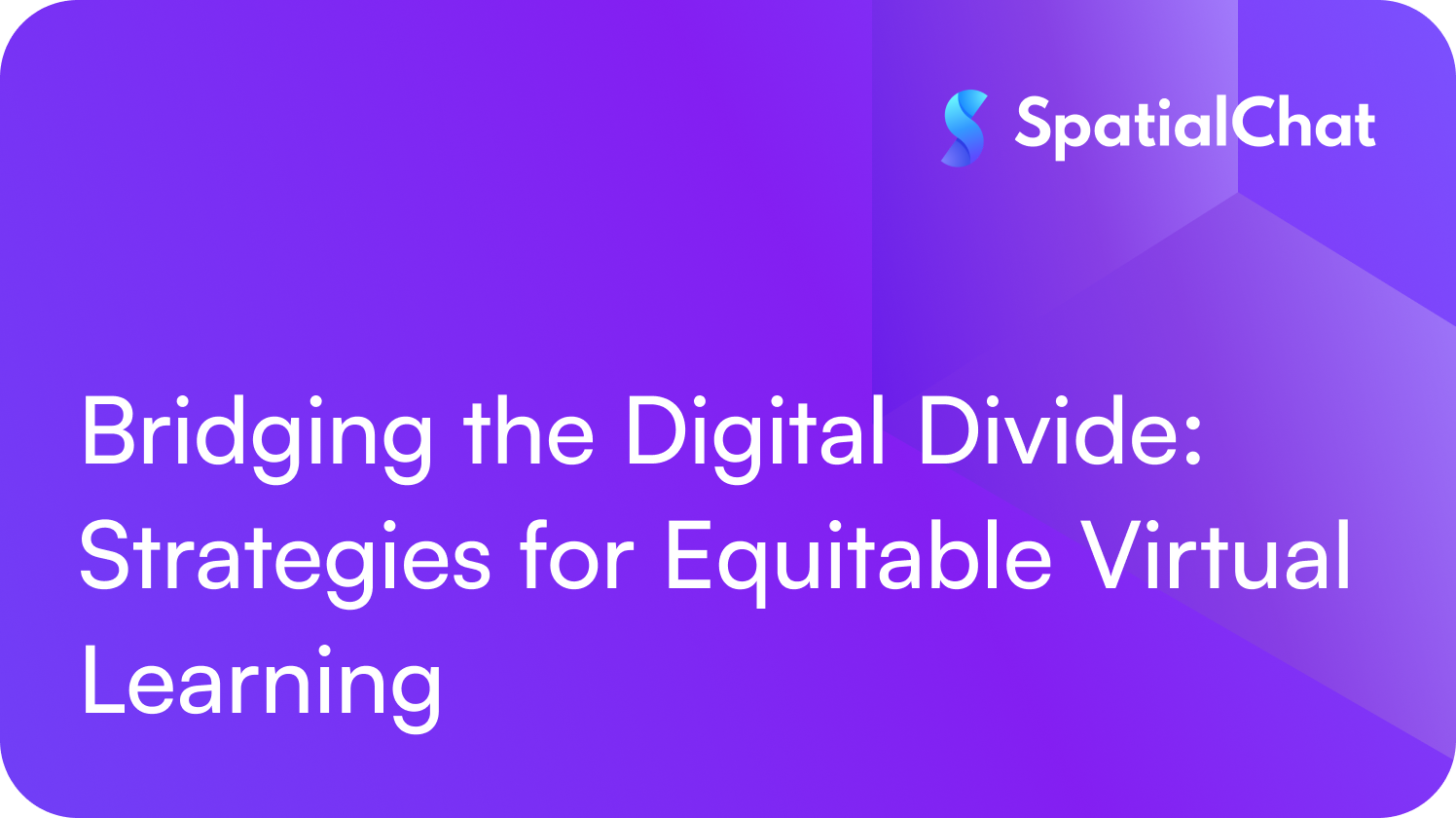The digital divide in K-12 education remains a significant concern, requiring prompt and deliberate action from educational institutions. Ongoing disparities continue to hinder underserved student populations—particularly those in rural regions, low-income areas, and students with disabilities. These inequities create barriers to quality learning opportunities, putting many students at risk of falling behind. How can this be addressed?
One meaningful approach is the integration of flexible virtual learning platforms. When purposefully developed, such tools can promote equitable access to education by accommodating students regardless of their geographic location or individual circumstances. In the following sections, we will outline strategies for adopting virtual learning in a way that fosters inclusivity and supports the diverse needs of all learners.
Recognizing the Barriers to Equitable Access
While flexible virtual learning holds great promise, it’s crucial to understand the obstacles that can limit its impact—especially for underserved students. According to a study by New America, one in seven students from households earning $75,000 or less annually still lack reliable broadband access. Without a stable internet connection or the right devices, many students are simply unable to participate in online learning.
Beyond technology gaps, some students also rely on family members or caregivers for support—whether it’s navigating digital platforms or staying on top of assignments. Without that guidance at home, engaging with virtual learning becomes even more challenging.
Another major barrier is the lack of personalized learning in many higher education programs. Standardized, one-size-fits-all approaches often fail to meet the needs of diverse learners, particularly those with disabilities or unique learning styles. Without tailored pathways, these students risk falling behind.
Educators, too, face hurdles—especially when it comes to training. Many lack access to the professional development needed to confidently use digital tools and support students in virtual environments. For virtual learning to be truly equitable, school leaders must invest in ongoing training and support for their teaching staff.
Bridging the Gap: 4 Key Strategies to Support Underserved Students
With a clearer understanding of the barriers to digital equity, the next step is implementing targeted strategies that make virtual learning more inclusive and accessible. Here are four impactful ways schools and districts can better serve underserved populations:
1. Prioritize Digital Equity
Start by addressing the foundational need: access. Work with local governments, internet providers, and community partners to offer low-cost or subsidized internet and devices to families who need them. Choose learning platforms that are browser-friendly across devices, as many students may rely solely on smartphones for online learning. For those facing inconsistent connectivity, provide offline alternatives such as downloadable lessons or printed materials—ensuring no student is left without a way to learn.
2. Build Inclusive Virtual Learning Environments
Effective virtual learning must be designed with all learners in mind. Apply Universal Design for Learning (UDL) principles to create flexible, accessible experiences that accommodate a wide range of learning styles and abilities. Use synchronous learning tools to foster real-time interaction between students and teachers. And be sure your platform supports accessibility features like closed captions, screen readers, and adaptive technology in line with WCAG guidelines, so every student can engage fully.
Some platforms, such as SpatialChat, support inclusivity through features like always-visible, user-controlled captions and real-time whiteboarding tools like Miro to support visual and collaborative learners, and on-demand access to recorded sessions—ensuring that students can revisit content anytime, at their own pace.
3. Offer Comprehensive Support for Students and Families
Support for underserved students must go beyond academics. Provide culturally responsive and multilingual resources to ensure families feel included and informed. Introduce virtual tutoring, mentorship, and social-emotional learning programs to give students the wraparound support they need. Additionally, equip educators with training to recognize and respond to students’ individual needs in a virtual setting—ensuring no learner slips through the cracks.
4. Use Data to Inform and Improve
Data is your most powerful tool for ensuring students stay on track. Leverage learning analytics to proactively identify students who may be struggling and intervene early with personalized support. Real-time engagement data allows educators to adjust instruction on the fly, tailoring it to each student’s needs.
SpatialChat makes this easier through an intuitive dashboard and built-in reporting and analytics, giving educators a clear view of participation trends, engagement levels, and student activity in virtual sessions. Align these insights with district-wide equity goals to track progress, measure impact, and continuously refine your digital learning strategy—ensuring it works for every student, not just some.
The Road Ahead: Virtual Learning That Works for Everyone
When supported by the right technology, thoughtful policies, and inclusive instructional practices, virtual learning can be a powerful force for expanding access and improving outcomes for underserved students. By focusing on digital equity, inclusive design, wraparound support, and data-driven decision-making, K-12 leaders can build virtual learning environments where every student has a real chance to thrive.
As schools and districts continue to explore the potential of virtual higher education, purpose-built platforms like SpatialChat are helping bridge the digital divide and reimagine what’s possible. Trusted by over 1,500 institutions worldwide, SpatialChat has supported more than 6 million unique users in creating engaging, flexible, and inclusive digital K-12 learning experiences. In fact, 95% of users recommend the platform for its ease of use, accessibility, and impact.
From virtual classrooms and faculty training sessions to self-study rooms, admissions offices, and guest lectures, SpatialChat supports a wide range of educational use cases. Its adaptable features are designed to meet students and educators where they are—making learning more personal, equitable, and accessible for all.
Want to learn how to bring equity and flexibility to your virtual learning strategy? Our team can help explore solutions tailored to your district’s needs—connect with us today!
